Rohit Bhargava, Ira W. Levin1-4051-2504-7, 978-1-4051-2504-8
The volume encompasses methods and instrumentation across a range of applications. It is directed at researchers and professionals in vibrational spectroscopy, analytical chemistry, materials science, biomedicine, food science and combinatorial chemistry.
Table of contents :
Spectrochemical Analysis using Infrared Multichannel Detectors……Page 1
Contents……Page 7
Contributors……Page 13
Preface……Page 17
1.2 Fundamentals of FTIR spectroscopy……Page 19
1.2.1 Interferometer characteristics……Page 20
1.3.1 IR microscopes and point spectroscopy……Page 26
1.3.3 Limitations of FTIR point mapping……Page 29
1.4.1 Imaging with large format array detectors……Page 31
1.4.2 Interfacing an interferometer to large array detectors……Page 33
1.4.3 The SNR of imaging spectrometers……Page 34
1.4.4 The evolving detector array technology……Page 37
1.5 Raster scanning with linear array detectors……Page 38
1.5.1 Choice of either small or large detector arrays……Page 39
1.6 Conclusions……Page 40
References……Page 41
2.1 Background: single-point near-infrared spectroscopy……Page 43
2.2.1 History of spectral imaging……Page 45
2.2.2 FPAs – specifications……Page 46
2.2.3 Implementation of NIR imaging……Page 47
2.2.4 Data processing……Page 49
2.2.5 Comparison of vibrational spectroscopic imaging modalities……Page 51
2.2.6 Safety in numbers……Page 53
2.3.1 Sample statistics and FOV……Page 55
2.3.2 High-throughput applications……Page 60
2.3.3 Statistics, morphology, abundance – using an internal reference……Page 61
2.4 Conclusions……Page 69
References……Page 70
3.1 Introduction……Page 74
3.2 Comparisons of thermal and SR sources……Page 76
3.2.2 SR as an IR source……Page 77
3.3.1 Microspectrometer system components……Page 86
3.3.2 Performance: imaging at the diffraction limit……Page 90
3.3.3 The FPA microscope system……Page 95
3.4.1 FPA microspectrometer for PSF image deconvolution……Page 98
3.4.2 SR as an extended IR source……Page 99
3.5 Summary……Page 100
References……Page 101
4.2 Preprocessing hyperspectral images……Page 103
4.2.1 Data compression……Page 104
4.2.2 Smoothing spectra……Page 108
4.2.3 Noise in hyperspectral images……Page 110
4.3.1 Feature extraction……Page 119
4.3.2 Concentration image maps……Page 127
References……Page 131
5.2 Imaging requirements for polymer characterization……Page 133
5.3.1 Transmission measurements……Page 134
5.3.2 Reflection FTIR imaging measurements……Page 136
5.3.3 ATR FTIR imaging……Page 137
5.4 FTIR image analysis……Page 139
5.4.2 Construction of contour plots……Page 140
5.4.3 Histograms……Page 141
5.5.2 Chemical morphology of multi-component polymeric materials……Page 144
5.5.3 Immiscible polymer blends……Page 150
5.5.4 Crosslinking-induced phase separation of elastomers……Page 153
5.5.5 Semicrystalline polymer systems……Page 155
5.5.6 Semicrystalline polymer blends……Page 157
References……Page 158
6.1 Introduction – combinatorial materials development……Page 161
6.2 Array detection schemes for high-throughput analysis……Page 163
6.3 FTIR imaging as a high-throughput technique……Page 164
6.4.1 Application I: resin-supported ligands……Page 166
6.4.2 Application II: adsorbates on catalyst surfaces……Page 167
6.4.3 Application III: reactor effluent quantification……Page 168
6.5 Data management……Page 169
6.6 Summary……Page 173
References……Page 174
7.2.1 Image acquisition……Page 176
7.2.2 Sample–radiation interaction……Page 179
7.3 Instrumentation……Page 180
7.4 Real-time data analysis……Page 182
7.4.1 Pre-processing……Page 183
7.4.2 Spectral data evaluation……Page 184
7.5 Integrated image processing……Page 186
7.6.1 Industrial waste classification and sorting……Page 187
7.6.2 Surface coating inspection……Page 188
7.6.3 Food control……Page 189
7.6.4 Mineralogical material analysis……Page 190
References……Page 191
8.1 Introduction……Page 193
8.2 Experimental……Page 195
8.3.1 Water migration on fabrics……Page 196
8.3.3 Surfactant deposition on a nonwoven substrate……Page 197
8.3.4 Flavored chips……Page 199
8.3.5 Lotion distribution on nonwoven paper……Page 200
8.4 Conclusions……Page 202
Acknowledgements……Page 205
References……Page 206
9.1 Introduction: definition and goals of spectral mapping……Page 207
9.2.1 Instrumental aspects: PE Spotlight 300……Page 208
9.2.3 Spectral maps of individual cells……Page 209
9.2.5 Spectral maps of tissues……Page 210
9.2.6 Mathematical analysis……Page 211
9.3.1 Spectral histopathology of lymph nodes……Page 212
9.3.2 Spectral maps of individual cells……Page 215
9.3.3 Spectral maps of ‘cell smears’……Page 218
References……Page 220
10.1 Introduction……Page 222
10.2.1 History of FTIR spectroscopy applied to cervical cancer diagnosis……Page 223
10.2.2 FTIR point-to-point mapping of cervical tissue……Page 224
10.2.3 FTIR focal plane array imaging of cervical tissue……Page 225
10.3 FPA imaging and spectroscopy for monitoring chemical changes associated with collagen-induced arthritis……Page 242
10.4 Application of FTIR 3D imaging to histology……Page 247
10.5 Conclusions……Page 248
References……Page 249
11.1 Introduction……Page 252
11.3.1 Bone……Page 253
11.3.2 Skin……Page 261
11.3.3 Cartilage……Page 267
References……Page 275
12.1 Introduction……Page 279
12.2 Spatially resolved chemical and physical information……Page 282
12.3 Chemical infrared imaging of protein, carbohydrates and fat in agri-food mixtures……Page 284
12.4 Sampling……Page 286
12.5 Chemometrics……Page 288
12.6 Applications……Page 290
12.7 Complementary imaging techniques……Page 295
12.8 Conclusions……Page 296
References……Page 297
13.1 Introduction……Page 301
13.2.1 The problem……Page 302
13.3.1 The problem……Page 306
13.4.1 The problem……Page 312
References……Page 315
Index……Page 321
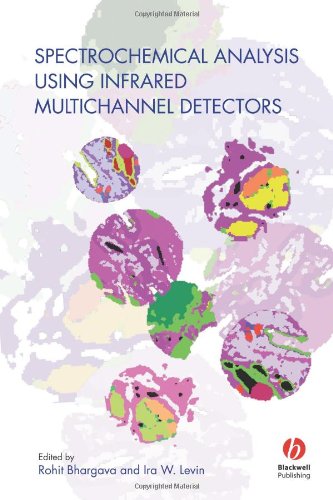
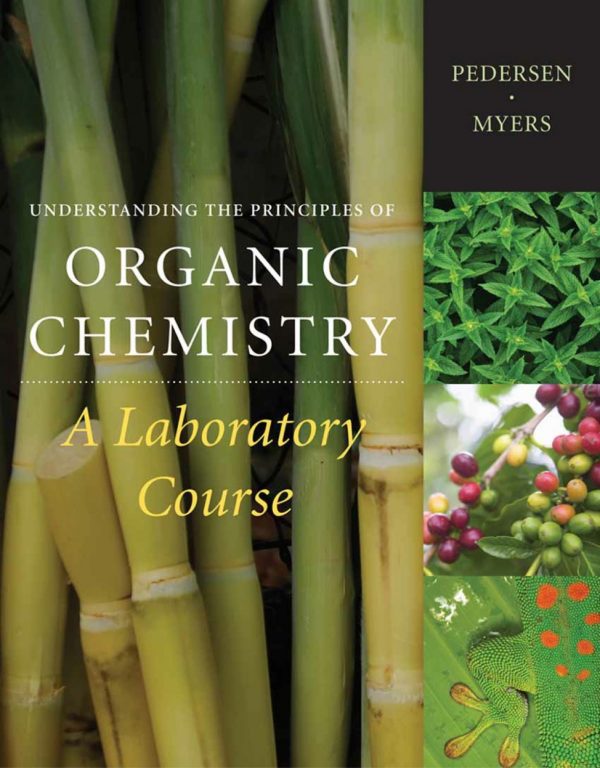
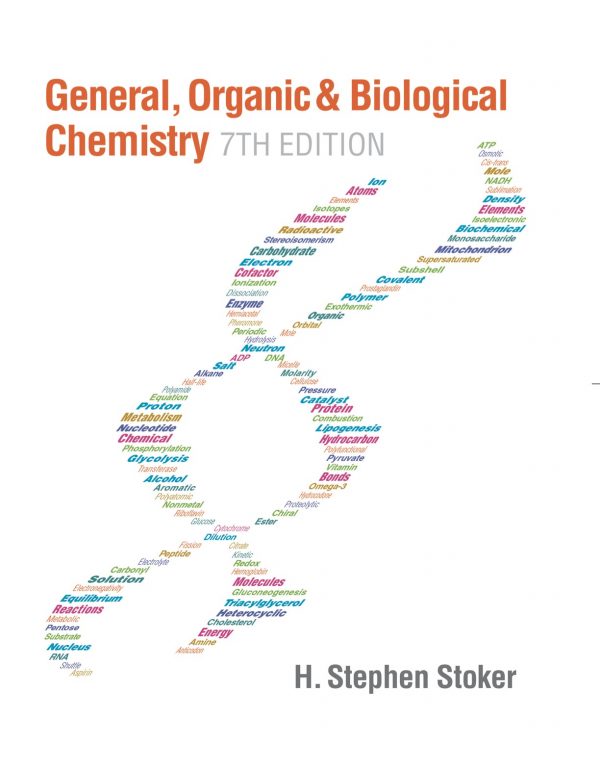
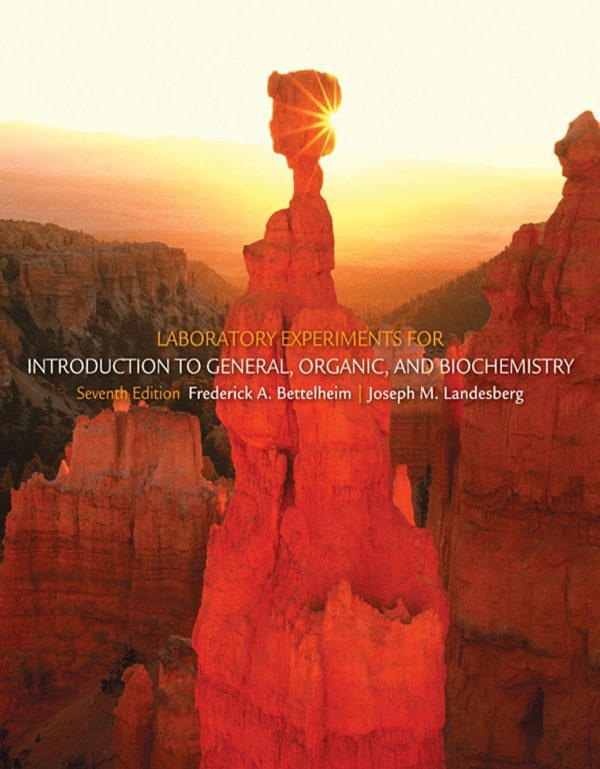
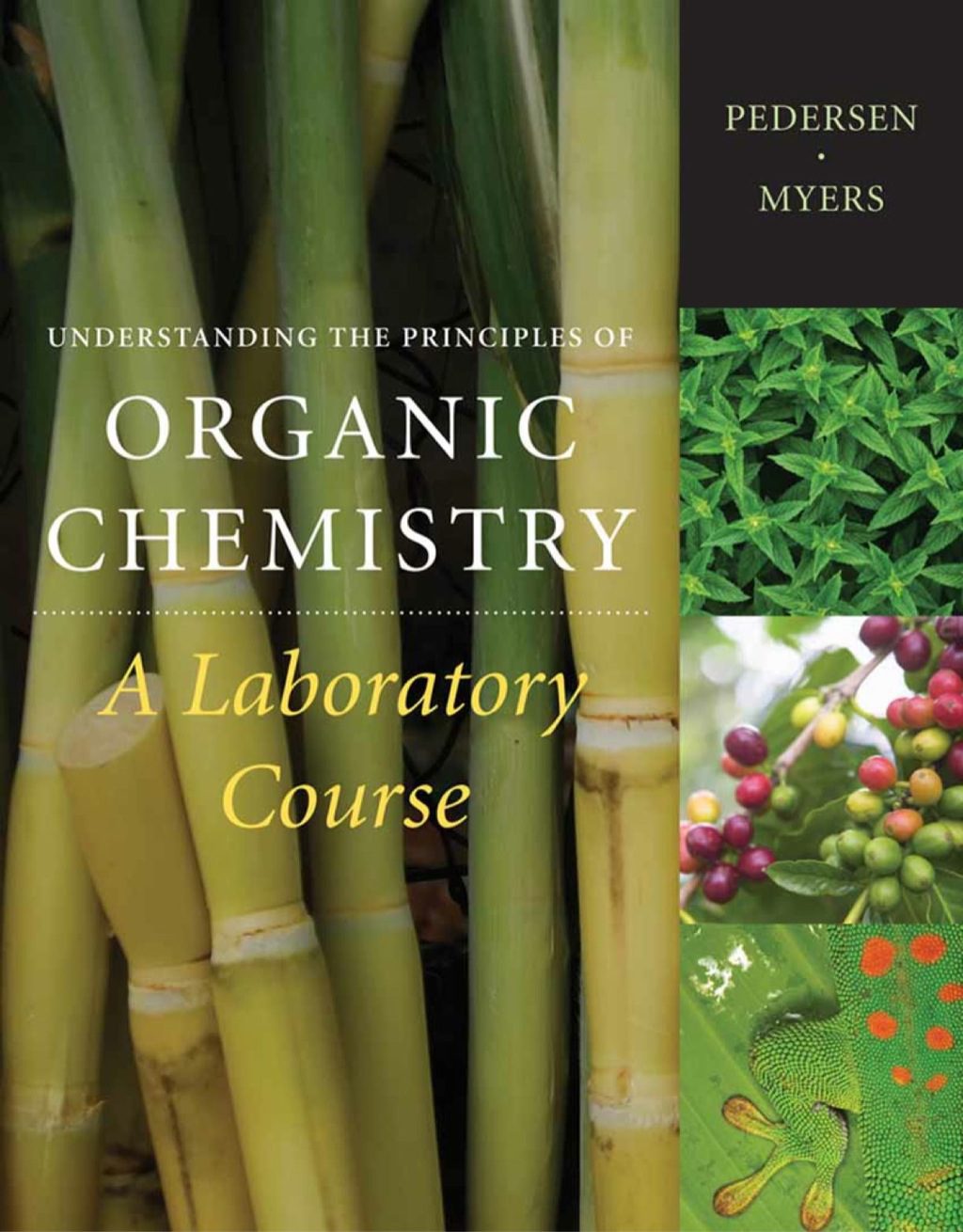

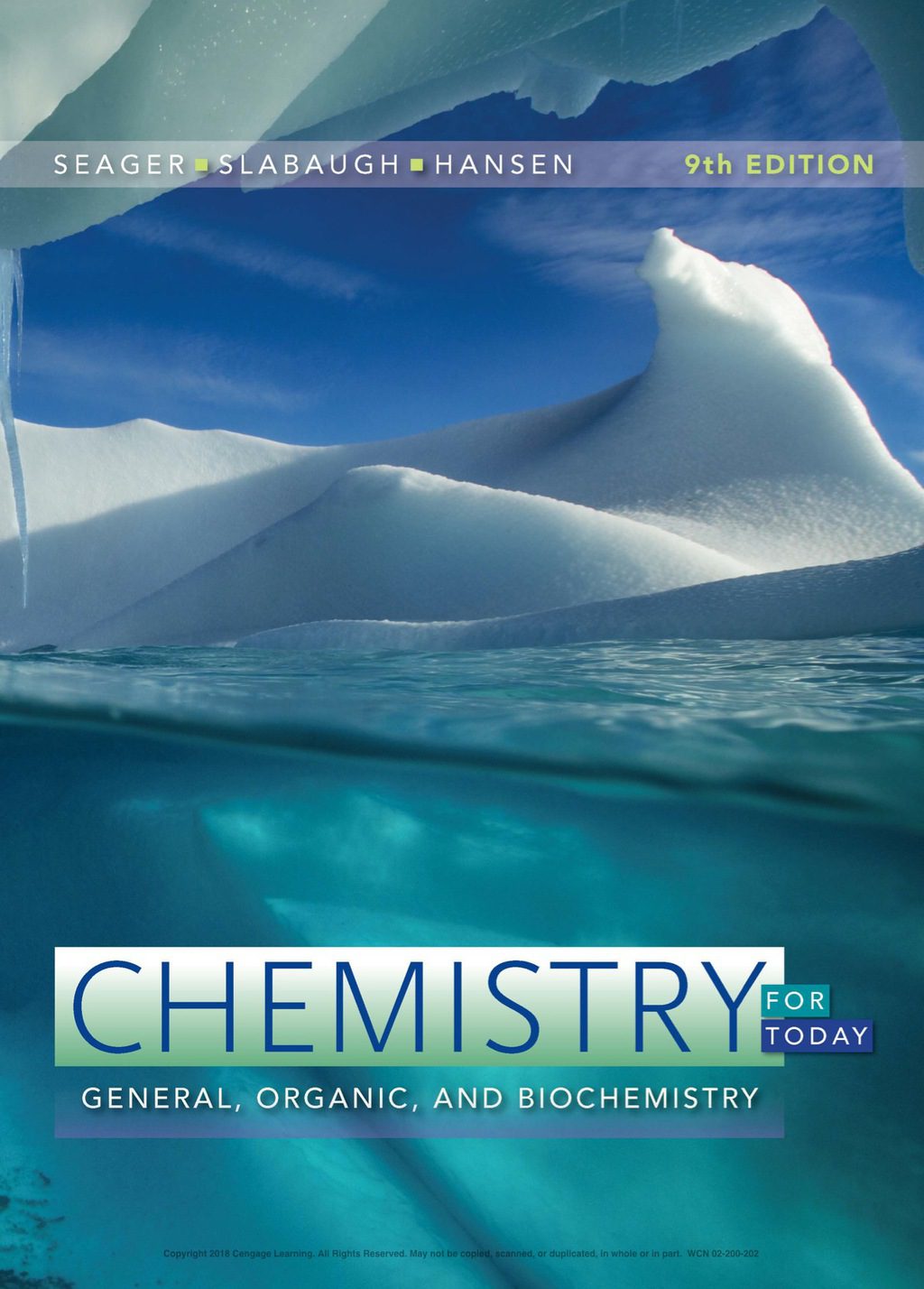
Reviews
There are no reviews yet.